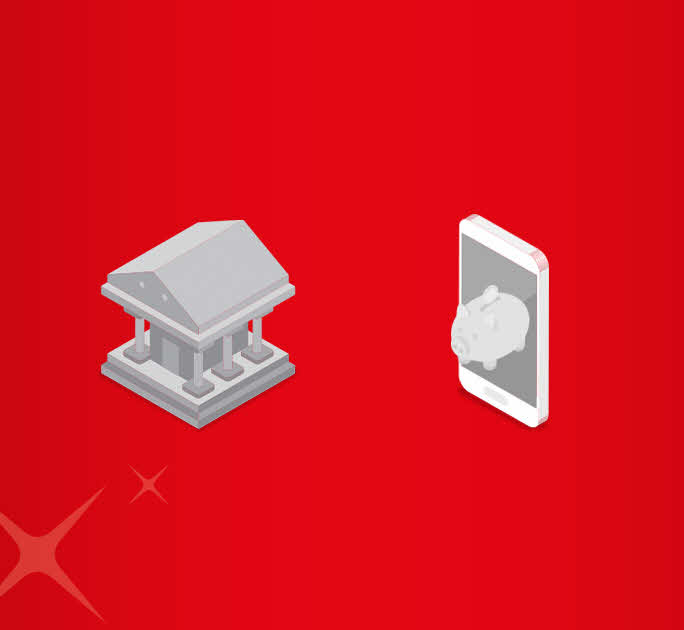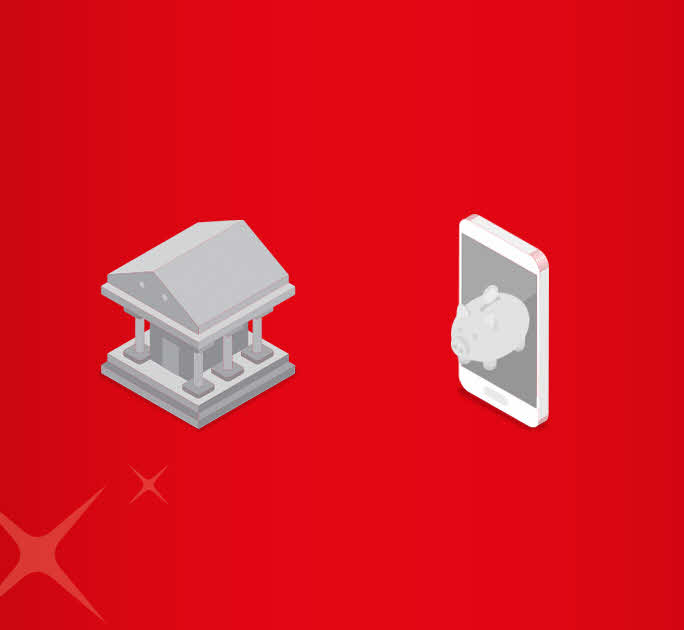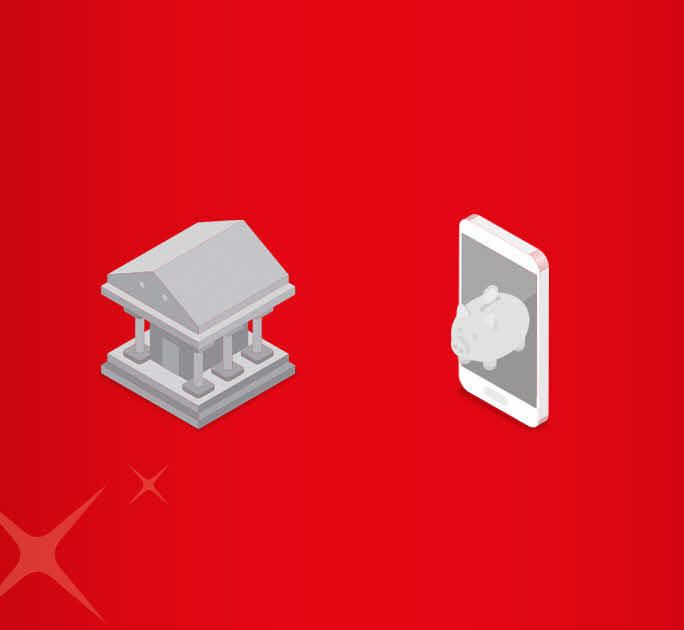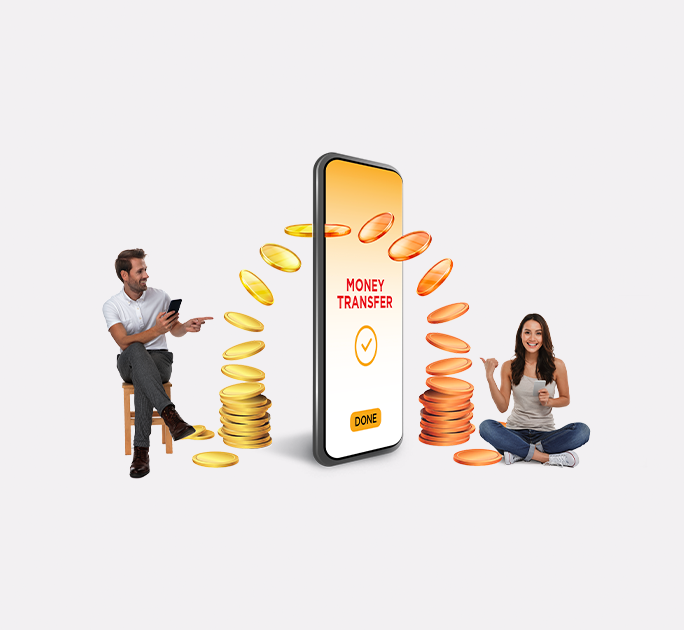- Save
- Invest
- Borrow
- Pay
- More
- NRI Banking
- Customer Services

What is telegraphic transfers?
Understand how a telegraphic transfer works
TLDR Points
- Telegraphic transfer was a fund transfer method used in the 1990s.
- It was primarily used for quick international money transfers.
- Today telegraphic transfer refers to a broad set of methods of money transfer including wire transfer and SWIFT transfer.
- It can take between 1-5 business days to reach the beneficiary's account.
- The financial institutions involved in the international money transfer will charge a fee to facilitate the transfer.
- The money is converted into the currency of the beneficiary bank's country at the prevailing exchange rate.
- The financial institutions involved will charge a markup on the exchange rate.
What is a Telegraphic Transfer?
The story of telegraphic transfers started decades ago. Back then, when someone wanted to send money to their loved one across the border, they would go to their bank. The bank teller would send a coded message to the recipient's bank over the telegraph system, informing them of the money transfer request. That is how a telegraphic transfer or telex transfer was done. Times have changed, and these transfers are now done electronically.
For instance, for a parent who wants to send money to their child studying abroad, they will initiate a transaction through the internet or mobile banking. This international money transfer will happen on the Society for Worldwide Interbank Financial Telecommunication (SWIFT) network. Often, the transfer will be routed through correspondent banks before it reaches the child. The sending and receiving banks typically charge a fee to facilitate the transfer.
Key takeaways on what is TT
Let's jot down all the key facts related to a telegraphic transfer or TT.
- It is an electronic mode of moving money between accounts.
- It is typically used for international money transfers.
- It is executed on the SWIFT network through various financial institutions.
- It is a quick and safe mode of transferring money overseas.
- A fee will be charged on most of these international transfers.
- The funds being transferred will be converted from one currency to another.
Keep these critical takeaways in mind as we explore the benefits of a telegraphic transfer.
Four Advantages of Telegraphic Transfer
The telegraphic transfer service is a boon, especially for parents with children studying abroad. Let's see how-
- The child will receive the funds quickly within 1-5 business days. In case the child needs money for moving houses the following week, they won't have to wait a long time to receive the funds to pay for it.
- Since it is electronic, it is a safe and secure mode of sending money.
- It can be easily tracked, eliminating the need to figure out how much money was sent, and when was it sent.
- Transfer of funds can be initiated from anywhere, at any time.
Telegraphic Transfer Fees
Financial institutions charge a fee to help you send money to your loved one in a smooth, secure way. The fees differ from one financial institution to another. Other variables influence the amount of payment. Typically, international money transfers cost more than a domestic transfer. The financial institutions through which the money is routed will also charge a fee. Some financial institutions may not charge a fee for specific routes.
Financial institutions may allow the sender to choose how to charge the fees: Would you prefer to have the transfer fees levied on your account? Or would they prefer the beneficiary to get the funds after expenses have been deducted?
Whatever the case, an approximate cost is communicated to the sender when they decide the destination and amount of the electronic fund transfer.
About Telegraphic Transfer Exchange Rate
In an international money transfer, the money has to be converted into the currency used in the recipient's country. For example, if a mother in India wants to send tuition money to her daughter in the U.S, the transferred funds will be converted from Indian Rupee to USD.
The currency is converted based on the prevailing exchange rate. The financial institutions involved will charge a specific markup on the exchange rate.
While the exchange rates at which the currency is converted will be uniform across all financial institutions, the markup will vary from one institution to another.
Questions to Ask
If you are a first-time user of telegraphic transfers, you may have questions. Here are the common ones and our answers.
- What recipient details are required to make a telegraphic transfer?
You will need the recipient's name, address, bank account details such as account number, SWIFT code and bank's address.
- Where can I find the SWIFT code?
You can find the SWIFT code on the bank's website, the passbook, or through a simple web search.
- Are same-day telegraphic transfers possible?
Yes, on specific routes same-day telegraphic transfers are possible provided the international fund transfer request has been submitted before the cut-off time. You can find out the cut-off times for various zones on the bank's website.
- What is an 'Intermediary Bank' or 'Correspondent Bank'?
The banks that help facilitate the international money transfer between the sending bank and final beneficiary bank are called Intermediary or Correspondent banks.
- What happens if I submit the wrong beneficiary details?
In case you submit incorrect beneficiary details such as the wrong name or bank account number, your bank will reject your transfer request.
Conclusion
Thanks to telegraphic transfer, transferring funds to another account overseas has become much easier.
Get started with seamless money transfer with DBS Bank. Download the app now and send money to your family from anywhere!











